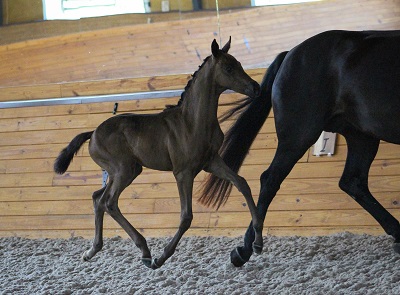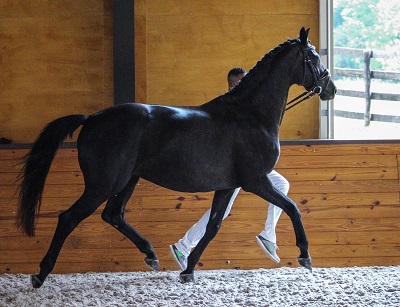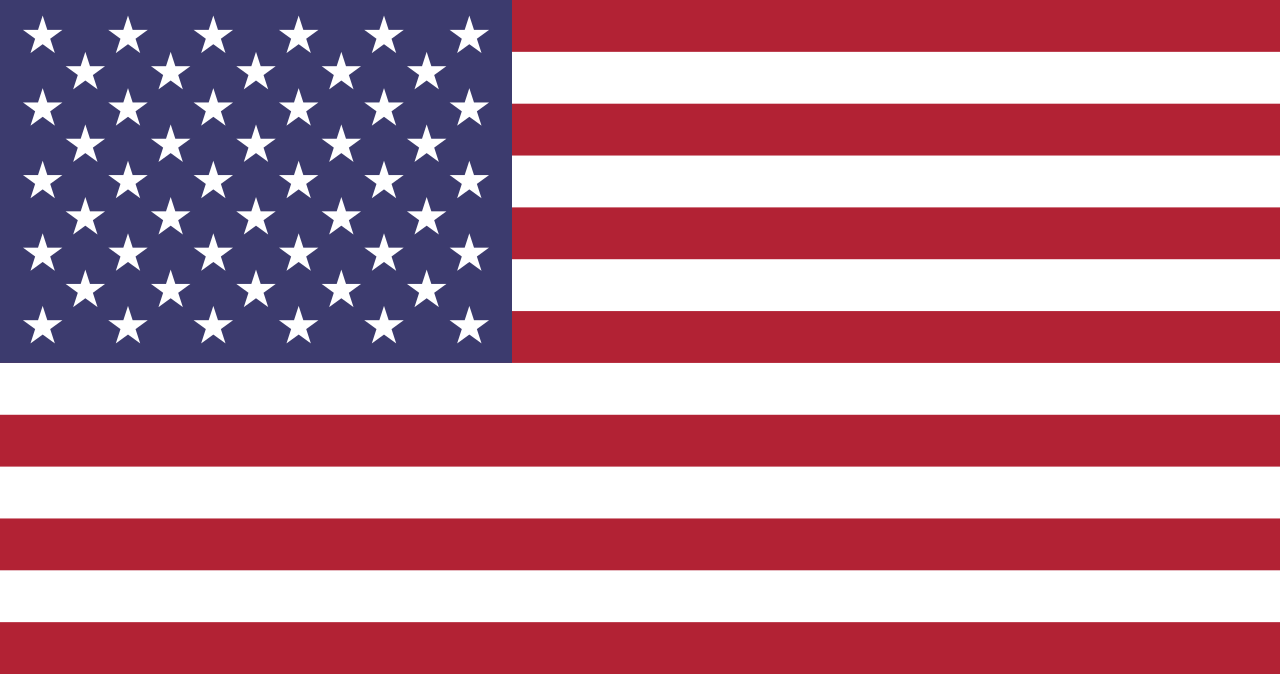As we enter the final foaling months of the year, it is the perfect time to turn our attention towards preparation for Inspection Season. For Sporthorse breeders across the United States, mare, foal and stallion inspections serve as pivotal moments for the horses within their breeding programs. Here are a few thoughts on properly planning out your Inspection Day.
Choosing Your Inspection Site
Begin by mapping out which inspection site you will be attending. Eligibility for inspection and studbook entry will be contingent upon your horse’s pedigree and their parent’s registration status, but registries such as the American Hanoverian Society, the Oldenburg Horse Breeders’ Society, KWPN-NA, ISR-Oldenburg NA, and a handful of other options offer inspection sites throughout the country every year. If you aren’t quite sure where your horse is eligible for inspection, you should contact the registry offices by email or phone with your horse’s information so they can provide you with some direction.
The official website of your registry of choice should have an Annual Tour Schedule that lists individual inspection dates and locations with contact information for each site’s host. Decide which site works best for your situation, and then contact the host to express your interest in attending and whether you will be needing stabling accommodations. Double check with the host to figure out what documentation you will need to bring with your horse to their facility – many require a current Coggins as well as a record of vaccination history. This is also a perfect time for any inquiries regarding photographers/videographers and availability of handlers.
Handling and Prepping Your Horse
 Many owners choose to enlist the expertise of a professional handler to present their horses for inspection - which is a great idea! Professional handlers are well-versed in highlighting the strong attributes of their horses and ensure a positive experience for both horse and owner. Some sites will provide handling services for outside horses, while others do not. If your selected inspection site does offer handling services, make sure to start a dialogue with the handler: let them know how your horse reacts to new people and new environments and ask what things you can work on at home to best prepare them for inspection day. Even if the inspection site does not have the resources to provide a handler, the host can often help you in connecting with one if needed.
Many owners choose to enlist the expertise of a professional handler to present their horses for inspection - which is a great idea! Professional handlers are well-versed in highlighting the strong attributes of their horses and ensure a positive experience for both horse and owner. Some sites will provide handling services for outside horses, while others do not. If your selected inspection site does offer handling services, make sure to start a dialogue with the handler: let them know how your horse reacts to new people and new environments and ask what things you can work on at home to best prepare them for inspection day. Even if the inspection site does not have the resources to provide a handler, the host can often help you in connecting with one if needed.
For our own horses, I put a lot of focus on teaching them how to move away from pressure as well as being able to adjust the gaits (i.e. big walk, slow walk, big trot, slow trot). Having a horse that is adjustable within the gaits in hand means they are also adjustable within their mind and are tuned into working with their handler. Most inspection judges utilize the concept of a “triangle” to assess the horse’s movement - the short sides (moving in straight lines away from and towards the judge) are used to evaluate the correctness of the gaits, while the long side (directly opposite from the judge) is used to evaluate the quality of the gaits.
It is also beneficial to familiarize your horse with being able to stand quietly in an “open stance” (when viewing a horse from the side, the two furthest legs are perpendicular to the ground, and the closest legs are slightly “open” so as to be able to see all four legs at once) for conformational analysis. I prefer to keep in-hand work to a minimum so as to not create a horse that is bored or de-stimulated. It is essential to have a happy and confident horse that is still “sensitive” enough to show off to their full potential in a relaxed manner when the big day arrives.
Making Sure Your Horse Leaves a Positive First Impression
 For me, there is nothing more important than a well-executed presentation on inspection day, which starts with a properly turned out horse. Make sure your horse has a well-fitting bridle or halter depending on your registry’s requirements, and make sure they are familiar with working in it! As a handler, one of my biggest pet peeves is being handed a horse that is unhappy due to being thrown into an unfamiliar environment with a bit in its mouth for the first time - this will definitely affect the general impression of your horse, so practice beforehand. If you are presenting a foal, spend time getting them used to wearing a foal halter and being led around at the walk with their dam.
For me, there is nothing more important than a well-executed presentation on inspection day, which starts with a properly turned out horse. Make sure your horse has a well-fitting bridle or halter depending on your registry’s requirements, and make sure they are familiar with working in it! As a handler, one of my biggest pet peeves is being handed a horse that is unhappy due to being thrown into an unfamiliar environment with a bit in its mouth for the first time - this will definitely affect the general impression of your horse, so practice beforehand. If you are presenting a foal, spend time getting them used to wearing a foal halter and being led around at the walk with their dam.
Clean both your tack and your horse appropriately. All of our horses get manes trimmed to a manageable length for braiding, clipped, and are bathed thoroughly the night before inspection. Pack all of your best grooming supplies beforehand to ensure that you are adequately equipped with anything you might need.
If you aren’t comfortable braiding, contact the site host to see if they have recommendations for braiders. Nice professional photos of a well-groomed, braided horse on inspection day can be imperative to successful promotion of your horse or program.
Keep track of the schedule for the day so that both you and your horse are ready to enter the ring at the necessary time without undue stress. Once the whirlwind of preparation and anticipation has passed and your horse enters the ring, take a deep breath and remember to have fun.
Having Fun and Building Relationships
At best, we are paying for another individual’s opinion of ten minutes within our horse’s life, so I always make it a point to enjoy the moment and remain receptive of critiques and the opportunity to learn. Use inspection day to build your presence as an active participant of your registry’s membership! It is a great time to learn more about your registry of choice, what they are striving for in their breeding stock, and how other breeders and owners like you are influencing the sporthorse world within your community. Some registries have regional clubs that operate within them, which can be a fun way to meet new people with the central emphasis of horses.
While not all inspections announce individual scores, most judges will speak at length to the crowd about each horse presented and may be available for further consultation on your horse at the conclusion of the day. Judges often have extensive knowledge of generations of bloodlines and can offer great insight as to what parts of the pedigree seem to be primary influences in your horse and can also give advisement if you are considering breeding. Even if you are not interested in breeding per se, inspections are a good tool to see what lines are producing performance horses as well as how to select performance horse prospects. At its core, inspection day is a great springboard for the continued growth and development of the Sporthorse in the United States.


Log in to join the conversation.